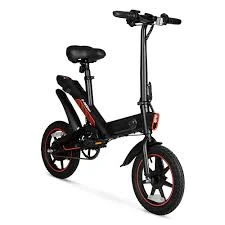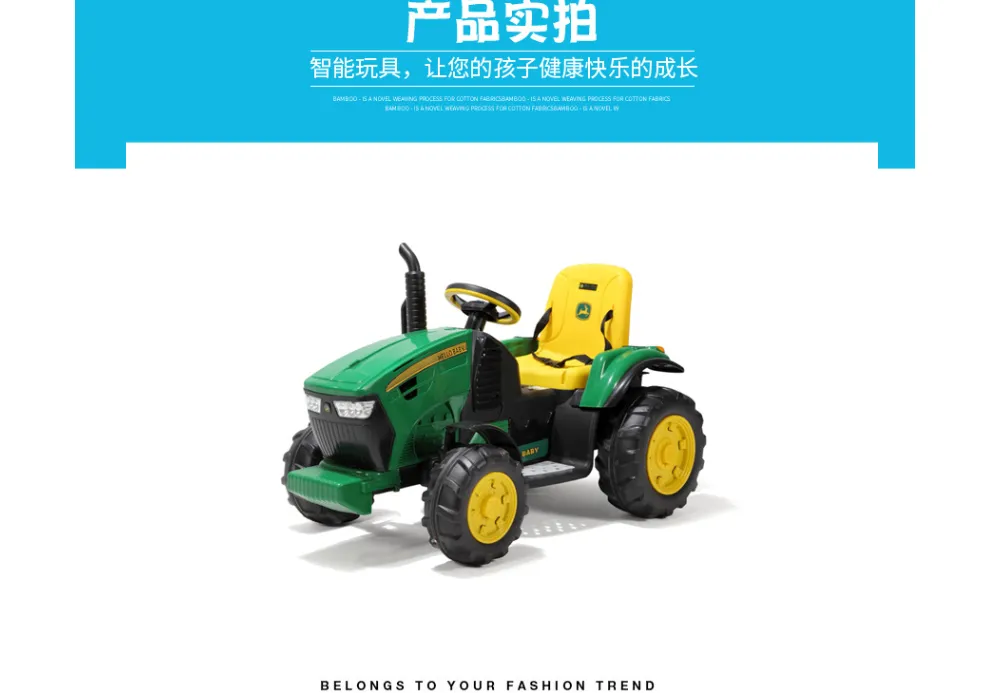
- Afrikaans
- Albanian
- Amharic
- Arabic
- Armenian
- Azerbaijani
- Basque
- Belarusian
- Bengali
- Bosnian
- Bulgarian
- Catalan
- Cebuano
- Corsican
- Croatian
- Czech
- Danish
- Dutch
- English
- Esperanto
- Estonian
- Finnish
- French
- Frisian
- Galician
- Georgian
- German
- Greek
- Gujarati
- Haitian Creole
- hausa
- hawaiian
- Hebrew
- Hindi
- Miao
- Hungarian
- Icelandic
- igbo
- Indonesian
- irish
- Italian
- Japanese
- Javanese
- Kannada
- kazakh
- Khmer
- Rwandese
- Korean
- Kurdish
- Kyrgyz
- Lao
- Latin
- Latvian
- Lithuanian
- Luxembourgish
- Macedonian
- Malgashi
- Malay
- Malayalam
- Maltese
- Maori
- Marathi
- Mongolian
- Myanmar
- Nepali
- Norwegian
- Norwegian
- Occitan
- Pashto
- Persian
- Polish
- Portuguese
- Punjabi
- Romanian
- Russian
- Samoan
- Scottish Gaelic
- Serbian
- Sesotho
- Shona
- Sindhi
- Sinhala
- Slovak
- Slovenian
- Somali
- Spanish
- Sundanese
- Swahili
- Swedish
- Tagalog
- Tajik
- Tamil
- Tatar
- Telugu
- Thai
- Turkish
- Turkmen
- Ukrainian
- Urdu
- Uighur
- Uzbek
- Vietnamese
- Welsh
- Bantu
- Yiddish
- Yoruba
- Zulu
Feb . 11, 2025 00:27 Back to list
3 wheel scooter for kids
In today's fast-paced world, where screens often dominate children's playtime, a child scooter emerges as a beacon of active, outdoor fun. Not only does it captivate young minds with the thrill of movement, but it also offers myriad developmental benefits. From boosting balance and coordination to providing an energetic outlet, the humble scooter has firmly established itself as a staple in children's essential outdoor gear. However, choosing the right scooter involves more than picking the most colorful option on the shelf. It requires a deep understanding of its components, safety features, and suitability for your child's age and skill level.
In the realm of child safety gear, helmets are non-negotiable. Equipping your child with a helmet certified under helmet safety standards significantly reduces the risk of serious injury. Additionally, elbow and knee pads can protect against common falls. Industry authorities and safety councils advise regular inspections of the scooter, checking for loose parts or worn-out wheels, ensuring continued safe use. Moreover, a scooter fosters a sense of independence in children. Rider confidence builds with every scoot, as they learn to push off, balance, steer, and stop—a transformative experience that spills over into other areas of learning and problem-solving. A scooter ride is often eagerly anticipated as a chance to explore and observe the bustling world from a different standpoint. The authority behind child scooters is undeniable—with endorsements from parenting experts and physical therapists alike. These professionals affirm that scooters are not only a fun toy but a tool that potentially enhances cardiovascular fitness, increases muscle strength, and supports healthy bone development. For parents hesitant about the trustworthiness of manufacturers, focus on brands that are heralded for their robust testing and safety standards. Reading reviews, both the glowing endorsements and the critical feedback, can paint a comprehensive picture. It is through such informed community engagement that one can make a sound decision. In summary, the journey of finding the perfect child scooter is deeply personal yet widely discussed. With a balanced blend of professional insights, parental experiences, and an authoritative understanding of child development, the ideal scooter can provide endless joy. It invites children to put down digital devices and step into a world where creativity and physicality reign—a world where a simple push and glide can be the prelude to lifelong adventures.


In the realm of child safety gear, helmets are non-negotiable. Equipping your child with a helmet certified under helmet safety standards significantly reduces the risk of serious injury. Additionally, elbow and knee pads can protect against common falls. Industry authorities and safety councils advise regular inspections of the scooter, checking for loose parts or worn-out wheels, ensuring continued safe use. Moreover, a scooter fosters a sense of independence in children. Rider confidence builds with every scoot, as they learn to push off, balance, steer, and stop—a transformative experience that spills over into other areas of learning and problem-solving. A scooter ride is often eagerly anticipated as a chance to explore and observe the bustling world from a different standpoint. The authority behind child scooters is undeniable—with endorsements from parenting experts and physical therapists alike. These professionals affirm that scooters are not only a fun toy but a tool that potentially enhances cardiovascular fitness, increases muscle strength, and supports healthy bone development. For parents hesitant about the trustworthiness of manufacturers, focus on brands that are heralded for their robust testing and safety standards. Reading reviews, both the glowing endorsements and the critical feedback, can paint a comprehensive picture. It is through such informed community engagement that one can make a sound decision. In summary, the journey of finding the perfect child scooter is deeply personal yet widely discussed. With a balanced blend of professional insights, parental experiences, and an authoritative understanding of child development, the ideal scooter can provide endless joy. It invites children to put down digital devices and step into a world where creativity and physicality reign—a world where a simple push and glide can be the prelude to lifelong adventures.
Next:
Latest news
-
The Ultimate Kids' Four-Wheeler Experience
NewsJul.09,2025
-
The Ultimate Guide to Mountain Bikes: Gear Up for Your Ride
NewsJul.09,2025
-
The New Age of Cycling: Electric Bikes for Every Rider
NewsJul.09,2025
-
The Best Kids Bicycles: Ride in Style and Safety
NewsJul.09,2025
-
The Best 3-Wheel Scooters for Kids: Fun, Safety, and Adventure
NewsJul.09,2025
-
Revolutionize Your Ride: Affordable Electric Bikes
NewsJul.09,2025
-
Finding the Perfect Mountain Bike for Every Rider
NewsJul.09,2025



